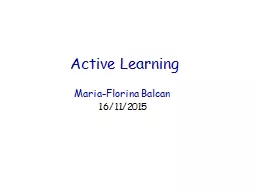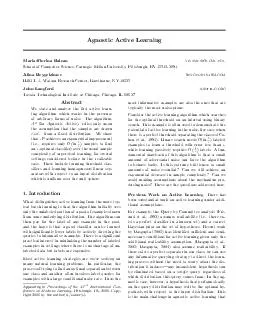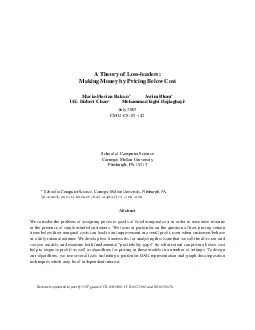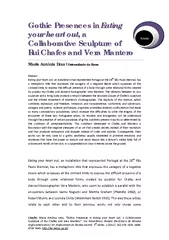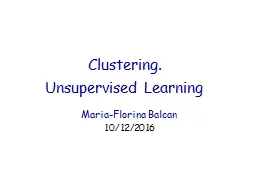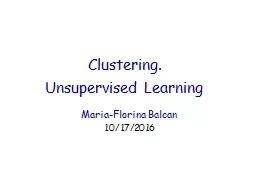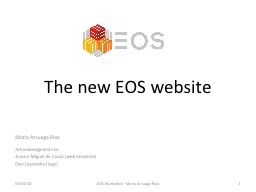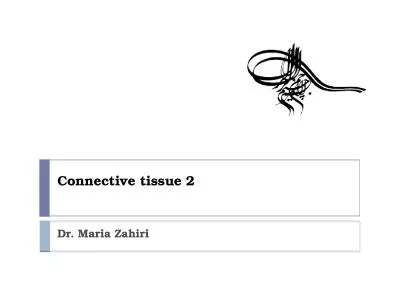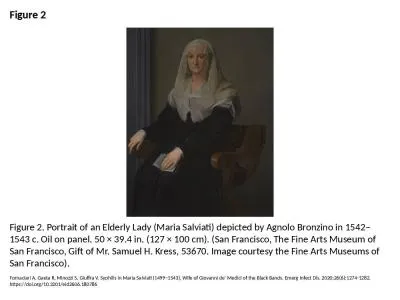PPT-Maria- Florina Balcan 16
Author : jideborn | Published Date : 2020-06-22
112015 Active Learning Supervised Learning Eg which emails are spam and which are important Eg classify objects as chairs vs non chairs Not chair chair Not
Presentation Embed Code
Download Presentation
Download Presentation The PPT/PDF document "Maria- Florina Balcan 16" is the property of its rightful owner. Permission is granted to download and print the materials on this website for personal, non-commercial use only, and to display it on your personal computer provided you do not modify the materials and that you retain all copyright notices contained in the materials. By downloading content from our website, you accept the terms of this agreement.
Maria- Florina Balcan 16: Transcript
Download Rules Of Document
"Maria- Florina Balcan 16"The content belongs to its owner. You may download and print it for personal use, without modification, and keep all copyright notices. By downloading, you agree to these terms.
Related Documents

